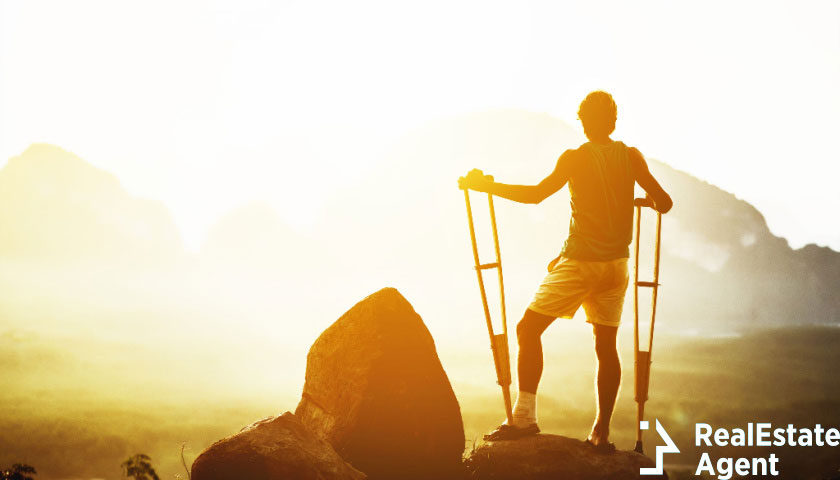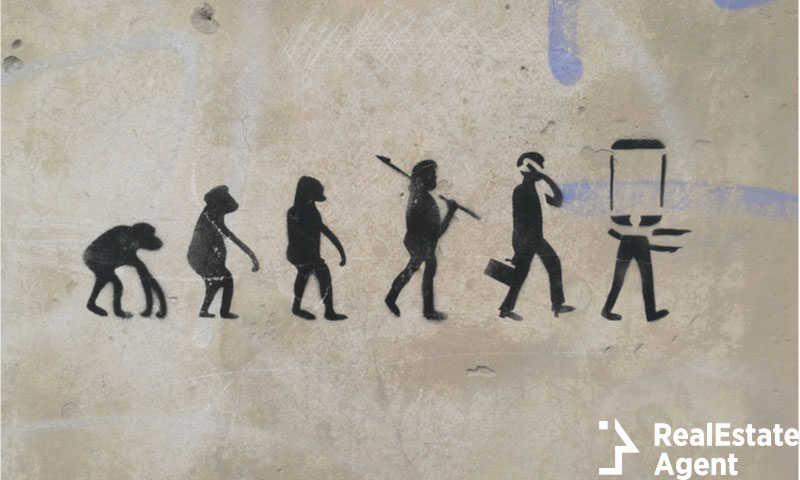Going on hiking trips across the US national parks gives people access to some of the most amazing sights in the worlds. From the 423 national parks available throughout the country, finding one that is close to you will be easy, but visiting these parks isn’t as easy for everyone. While the most beautiful national parks in the US are designated public lands, not everyone has the same accessibility to them, bringing into question their public land designation seeing as marginalized communities may have limited access, or even if they have access, they are difficult to enjoy.
From the total of 423 national parks in America, 63 include “National Park” in their name. Being federal lands, these parks must respect the accessibility guidelines of Americans with Disabilities Act. However, many of these parks were established before the laws came into effect and not all of them implemented the changes necessary for disability-friendly hinking trips.
The good news is that there are efforts underway from the National Park Service as they created the Accessibility Task Force in 2012 with the aim to improve national parks’ accessibility. However, as the Accessibility Task Force is focusing on these issues, there are ways in which you can make your hiking trips more disability-friendly in parks that have not adapted yet.
How to Plan and Prep your Disability-friendly Hiking Trips
Disabilities shouldn’t limit access to outdoor recreation and hiking trips are a great way to experience the great outdoors. While, ideally, these shouldn’t be things the disability community should have to worry themselves with, there are some simple ways to make sure that the trip you are planning for yourself or your friends with disabilities are comfortable, accessible and inclusive. Making sure these trips are enjoyable for people with disabilities isn’t as difficult if you know what to keep in mind.
Research the National Park Service Website
On this website, you won’t only find information about the best parks, but you can also start planning your trip, while also taking into account the map of all the parks with accessibility features. At the same time, the website also provides information about the services and features available in these parks for people with physical or mobility disabilities, special needs, hearing deficiencies, or vision impairments. You will also find details about the types of vehicles allowed in the parks (mobility devices for people with disabilities, including power-drive devices, are allowed) as well as service animal access (allowed wherever their handler can go).
Access Pass
All US citizens or permanent residents can obtain an Access Pass if they have any permanent disabilities. With this pass, people with disabilities are provided lifetime free entrance to over 2,000 Federal recreation sites, which includes national parks. Several amenities within the parks, like camping or guided tours, will also be available at a discount price. This access pass can be obtained online or by mail for a $10 processing fee, or free of charge at a Federal recreation site, with documentation that proves the disability and form of identification.
Adaptive Gear
It might be difficult for people with disabilities to transport a wheelchair from their home on their hiking trip, whether they go by car, train or bus. However, seeing as most parks ensure standard wheelchair rentals available inside buildings, a quick search online can verify whether your destination grants this service. Furthermore, there are parks that offer adaptive outdoor equipment to ensure their disabled patrons have access to the best views. For instance, the Redwood National and State Park provide wheelchairs that are suitable for beaches at select locations, while the Sleeping Bear Dunes National Lakeshore offers free Track Chair rentals. If the disability does not require the individual to be dependent on a wheelchair, there are hiking poles that can make a hike more approachable and enjoyable. The correct attire, equipment, support and braces can go a long way to transform a hike that was impossible before into a relaxing but thrilling trip.
Read up on Travelers with Disabilities
A quick search will provide you many articles, blogs and websites designed to help people with disabilities travel easier and hashtags go a long way to filter the results further. The internet can provide information that goes beyond the official data or guides provided by the parks. You can look into the experience other people had, people that may be just like you, people that wanted exactly what you want, who have had the experience already and share it from their perspectives. Some of these blogs answer all the questions someone with disabilities might have about a particular park and about the facilities provided. How the trails were? How difficult it was for them? How much they enjoyed it and so on. Join online hiking groups for disabled people and get all the information you might need from people that have already tested those parks. Learn from their experience and decide whether their trip is something you could go on, before you reach your destination.
The Best Disability-Friendly National Parks For Hiking Trips
Planning a hiking trip if you or someone in your party is dealing with a disability isn’t the easiest. However, the above mentioned methods will make things a lot easier and will paint a clear picture of the places that are accessible for people with disabilities. So before you think that hiking isn’t a disability-friendly experience, take a look at the following national parks, where besides hiking the other things to do involve incredible natural scenery, cultural and historical backgrounds that will enrich the experience ten-fold and there’s no reason why people with disabilities shouldn’t enjoy them. These are some of the most beautiful and worth seeing natural parks in the US, where some of the best memories can be made, coupled with inspiration, comfort and excitement.
Olympic National Park
Located in the Nortwestern peninsula of the state of Washington, the Olympic National Park encompasses the traditional lands Quinault, S’Klallam, Quileute and many others. In this park you can find several accessibility features throughout the park’s ranger stations, restrooms, cabins, lodges, shops and visitor ceters. Wheelchair accessibility is also a focus through some of the trails, with ramps and broadwalks that allow for all visitors to enjoy the beautiful views. The routes Mini Rain Forest, Cirque Rim Trail, the Hall of Mosses, Hurrican Hill Trail and Madison Falls Trail are particularly popular as everyone can access them and enjoy some excellent outings. Keep in mind, however, 95% of the park is considered wilderness, some trails are difficult even for able-bodied individuals.
Redwood National and State Parks
The Redwood National and State Parks are in northwestern California, on lands that traditionally belonged to the Tolowa and Yurok people. A lot of effort was given to improve this park’s accessibility and it shows. Due to this, many of the park’s trails and picnic areas are disability-friendly, including for individuals that deal with mobility challenges. Both the Big Tree Wayside Trail and the Simpson-Reed Grove Trail meet the standards approved by the Americans with Disabilities Act, especially seeing as wheelchairs can be checked out at the park’s designated visitor centers. This, as mentioned above, includes wheelchairs that can be used in sandy areas. Additionally, the park ensures that visually impaired individuals can appreciate the scenery through braille, tactile exhibitions and audio-descriptions of the trails and campsites.
Great Smoky Mountain National Park
As it used to be the traditional home of the Cherokee people, the Smokies are both a cultural and historical treasure we can all enjoy and experience. With over 500,000 acres that are spread across eastern Tennessee and North Carolina, you’ll find plenty of options available that can be enjoyed by everyone if your taking a trip around Gatlinburg, TN. Especially for people with mobility challenges, the auto touring routes allows visitors to get up close and personal with nature without even leaving their cars. While the information related to accessibility is limited on their website, nps[dot]gov provides all the information related to accessibility. There you can find the trails that are accessible for wheelchairs as well as the exhibitions (including the houses) that have ramps available either stardardly or on demand. The Blue Ridge Parkway should not be missed as it provides some of the most breathtaking vistas and viewpoints.
Yosemite National Park
As one of the most visited national parks in the US, many people overlook the fact that this national park is the land of the Ahwahneechee and Southern Sierra Miwok people. Stretched across 1,200 square miles in the California Sierra Nevadas, Yosemite National Park is one of the oldest national parks in the country. However, most people limit their trips to only the 7 square miles known as the Yosemite Valley which is less that 1% of the park. Still, even that small area is packed with iconic landmarks and hiking trails to keep visitors busy. After some mitigation efforts, several of the scenic viewpoints and trails in the park are wheelchair accessible. This encompases the Yosemite Valley Floor trails, the Glacier Point, the Yosemite Falls trail and parts of the Mariposa Grove. In Yosemite, people with hearing deficiencies can access ASL or assisted hearing devices free of charge.
Conclusion
While there is still a lot of work that needs to be done when it comes to accessibility hiking trips, steps are being taken in the right direction making it easier for people with disabilities to access some of the most stunning parts of our beautiful country. Considering that for those with mobility challenges, even the shortest hikes can be difficult, having the possibility to enjoy some of those views shouldn’t be limited to able-bodied individuals. There are many types of disabilities that need to still be addressed as many individuals need wheelchairs for a great variety of reasons from MS to cerebral palsy, an accident or autoimmune conditions. The fact that we are still limiting the experiences of so many people with disabilities is unfair, but we shouldn’t let one hill stop them from enjoying a great view and a great experience.
Having the possibility to go out and experience the great outdoors, get out of the big city and breath in some fresh air with the warmth of the sunshine covering your whole body isn’t something that should only be accessible for able-bodied and non-disabled people. We should all hear the soothing sounds of a creek, smell the flowers in a field and see the best artist at work – nature.
So go ahead and let us know in the comments section below what are your thoughts on these features. Like & Share this article with friends and family to raise awareness on the issue and help increase accessibility for everyone that wants to enjoy the great outdoors.

















